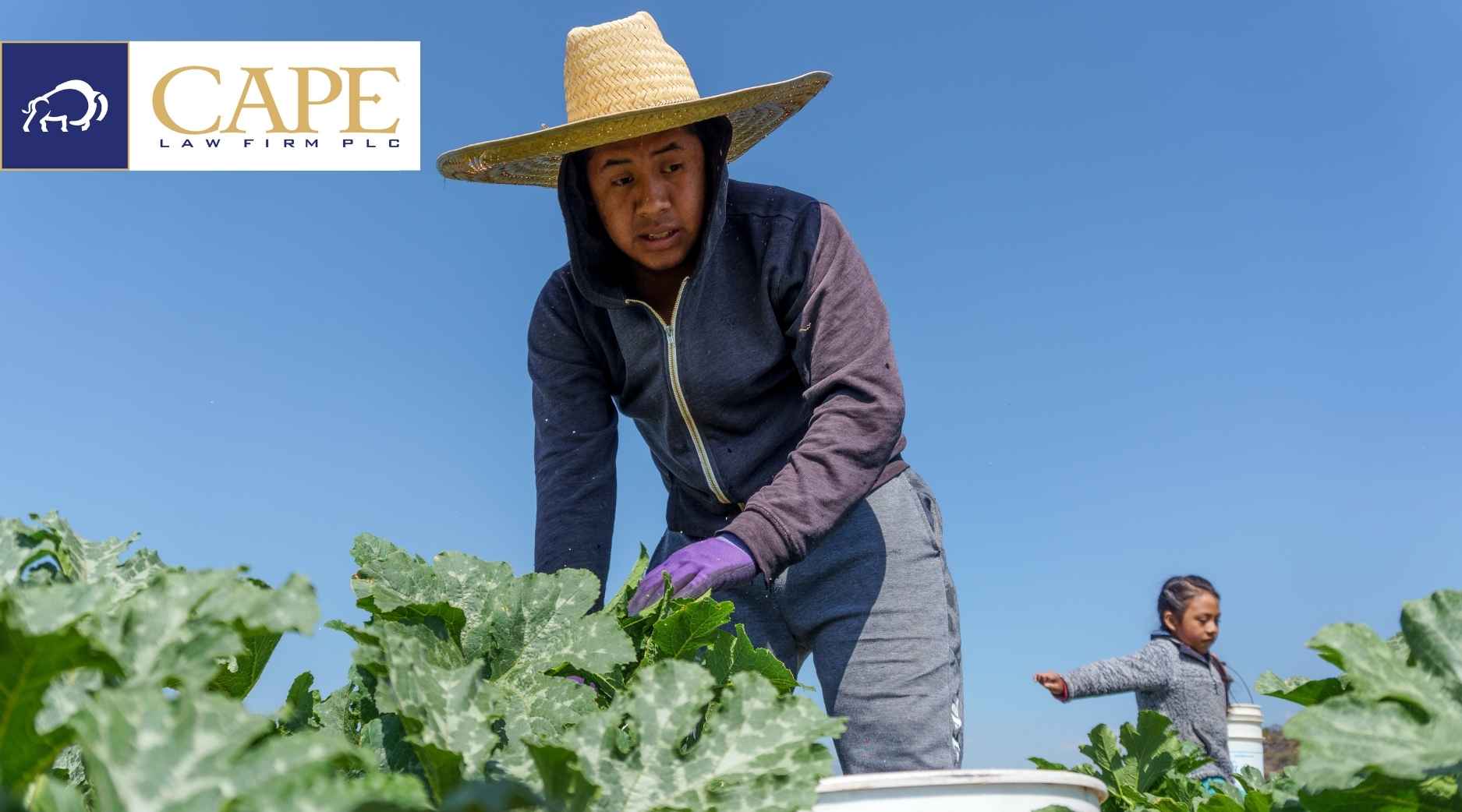Maine to vote for a Constitutional “Right to Food”
Voters in Maine will consider whether to amend their State Constitution to establish a fundamental, inalienable right to food for its citizens. The State’s legislature approved the November ballot proposal by a two-thirds margin, which will be the first of its kind in the country. If passed, the amendment will establish the “right to save and exchange seeds and the right to grow, raise, harvest, produce and consume the food of their own choosing for their own nourishment, sustenance, bodily health and well-being . . . .” Although generally regarded as a noble cause, it remains unclear exactly what it means to have a right to food. Seed companies in particular are concerned about the potential impact of the amendment on intellectual property rights in improved varieties.
How much more food do we need?
This question was prompted by a recent article asserting US farmers need more space to grow crops to meet food (and fuel). Innumerable articles have been written in recent years about the need to grow more food for the planet’s growing population. Despite what appears to be growing demand, the number of farms and farm acreage has been declining for decades. The issue is often coupled with concerns about the environmental impact required to grow more food.
Yet, the answer increasingly depends on who you ask and how you frame the question. At least a few experts have suggested there is an overabundance of food, pointing to data showing that the rate of obesity in America has has continued to grow. Since 2018, the number of States where the prevalence of obesity is at least 35%, nearly doubled to 16. Interestingly enough, a map plotting obesity rates shows that the highest concentrations of fat people are found in the core U.S. farm belt. Some in the international community echo the belief that there is already plenty of food – it just doesn’t reach the people that are still hungry.
Maybe we should be asking whether the right kinds of food are being grown in the right places. The U.S. food supply provides about 4,000 calories per person per day, far more more than we need. Thus, its not hard to see why we throw away up to 40% of the food we produce. Still yet, the political priorities in U.S. ag continues to heavily subsidize just a handful of commodity crops – especially corn and soy. While the issues are complex, there is a growing sentiment that government agricultural support should be overhauled so that it focuses more on producing and distributing actual food, instead of encouraging overproduction of a handful of feed and fuel commodities.
Cape Law Firm’s Frequently (or Randomly) Asked Questions
How does an indemnification clause work in a contract?
In simple terms, “indemnification” basically means compensation for a harm or loss. In a contract, parties may include “indemnification clauses” which specifies that one party is required to compensate the other party if that party suffers a loss. The clause will often identify particular events which will trigger the indemnification – for example, if Party 1 commits and act in the performance of the contract that causes Party 2 to incur a loss, the clause would require Party 1 to indemnify Party 2.





